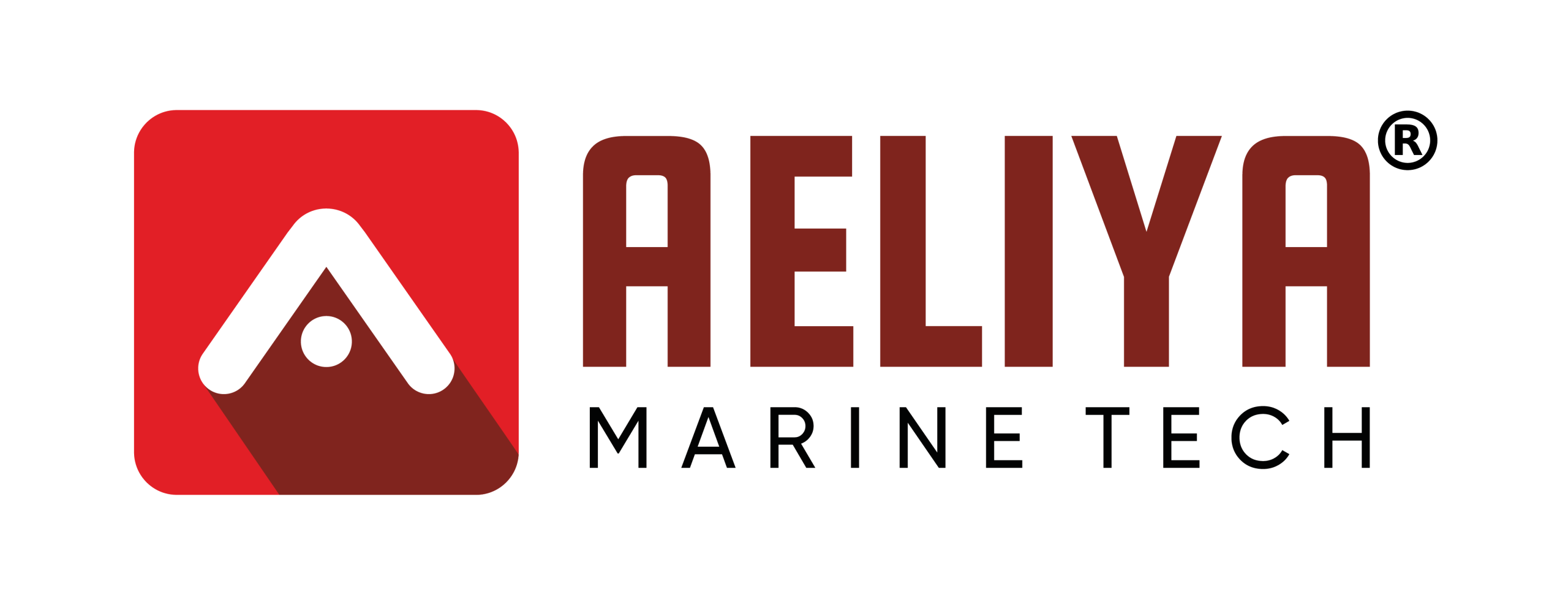Introduction
Controllers are essential components in modern automation systems, playing a pivotal role in industries ranging from manufacturing and energy to healthcare and smart home technology. These devices regulate and manage processes by receiving input data, making decisions based on programmed instructions, and sending signals to other devices to achieve desired outcomes. Let’s explore the different types of controllers, their functions, applications, and why they matter.
What is a Controller?
A controller is a device that monitors and manages other devices. It takes inputs (such as temperature readings, user commands, or pressure levels), processes them, and then outputs commands to adjust or control a system. This closed-loop system is vital for maintaining stability and efficiency in automated operations.
Types of Controllers
- Programmable Logic Controllers (PLC)
- Function: Designed for industrial applications, PLCs automate machinery processes by receiving signals from input devices and sending commands to output devices.
- Application: Used in manufacturing for assembly lines, packaging, and robotic controls.
- Advantages: Reliable, customizable and suitable for harsh environments.
- Distributed Control Systems (DCS)
-
- Function: A DCS uses a network of controllers to manage complex processes. Each controller is responsible for a portion of the system, but they work together to ensure smooth operation.
- Application: Common in process industries such as oil refining, chemical production, and water treatment.
- Advantages: Better handling of large-scale processes, improved data collection and analysis.
-
- Supervisory Control and Data Acquisition (SCADA) Systems
- Function: SCADA monitors and controls remote equipment through sensors and software, providing centralized oversight of multiple systems.
- Application: Energy distribution, pipeline monitoring, and municipal services like water treatment.
- Advantages: Enhanced remote monitoring, real-time data analytics, and quick response to faults.
- Temperature Controllers
- Function: Regulate temperature in various applications by adjusting heating or cooling outputs.
- Application: HVAC systems, ovens, and refrigeration units.
- Advantages: Maintain consistent temperatures, protect sensitive equipment and improve energy efficiency.
- Motion Controllers
-
- Function: Control the movement of machinery such as robots or CNC machines.
- Application: Industrial automation, robotics, and manufacturing processes.
- Advantages: Precision control, synchronization of complex operations and speed adjustments.
How Controllers Work: The Basics
A typical control process follows these steps:
- Input: Sensors detect changes in the environment and send signals to the controller.
- Processing: The controller compares the input to a set of predefined parameters or instructions .
- Output: If necessary, the controller sends signals to actuators or other devices to make adjustments .
- Feedback Loop: The controller continuously monitors inputs and adjusts outputs as needed, creating a loop that maintains stability.
Real-World Applications
- Manufacturing Automation
- PLCs and DCS are used to automate tasks like assembly, quality control, and packaging. This increases production efficiency while reducing human error.
- HVAC Systems
- Temperature controllers keep indoor environments comfortable by automatically regulating heating and cooling systems based on preset conditions.
- Energy Management
- SCADA systems monitor and manage the distribution of electricity across power grids, ensuring reliable service while quickly responding to faults.
- Automotive Industry
- Motion controllers in robotic arms help in precise assembly, welding and painting of car parts.
- Smart Homes
- Home automation systems use controllers to manage lighting, security cameras and climate controls, all controlled from a smartphone or central hub.
Advantages of Using Controllers
- Automation Efficiency: Controllers optimize the process and reduce manual intervention.
- Cost Reduction: Automated systems can lower labor costs and energy consumption.
- Improved Safety: Controllers can manage hazardous processes without direct human involvement.
- Data Collection: Controllers collect valuable data that can be used for process improvement and predictive maintenance.
- Precision: Enable fine control over processes that require exact measurements.


